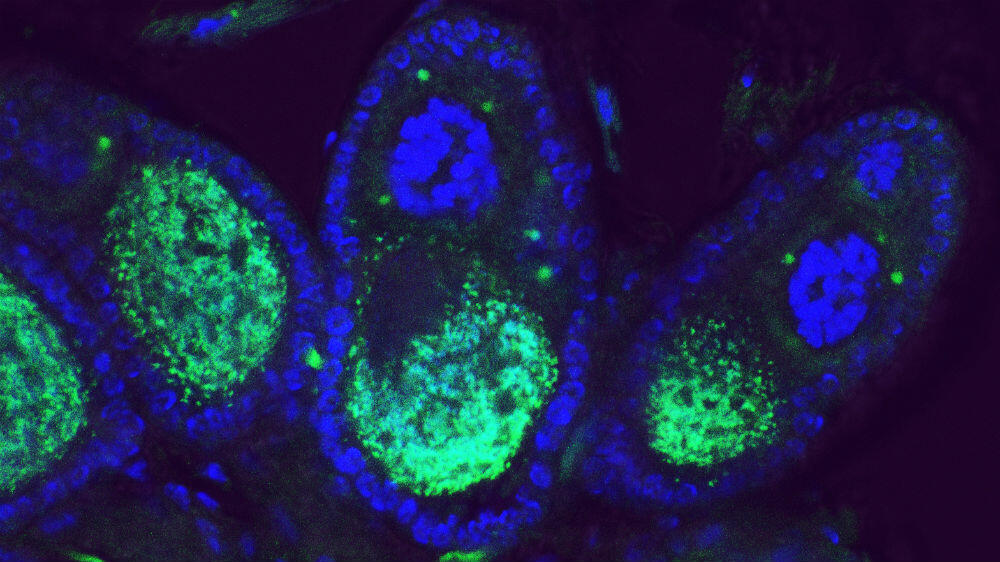
LSTM’s Dr Gabriela Gomes is senior author on a new study which outlines the importance of using variation in mosquito susceptibility as a parameter in mathematical modelling to realistically assess the impact of Wolbachia infection on disease transmission.
The Aedes aegypti mosquito is a disease vector for a number of arboviruses including, chikungunya, dengue and Zika. Wolbachia, a bacterial symbiont, has been introduced to these mosquitoes as a method of controlling such diseases, and has proved successful in a broad range of controlled conditions at reducing replication of dengue virus. This has prompted the release of mosquitoes infected with the bacterium into the field, where their ability to spread the virus can be compared to non-infected, native mosquitoes.
In paper published in the journal, Nature Communications, Dr Gomes and her team analyse two independently generated datasets (from Brazil and Vietnam) and show that Wolbachia consistently increases the mean and variance in mosquito susceptibility to dengue viruses. Current mathematical models of disease transmission are conventionally parametrised by population averages, but the team show that the variance in mosquito susceptibility critically impacts disease transmission and are clear that disregarding this parameter could lead to misleading conclusions.
Dr Gomes explained: “Wolbachia has often been found to protect hosts against pathogens, but not always. The increased variation in individual susceptibility to pathogens highlighted in this study increases the opportunity for selection. As a result, the population effect of the symbiont on dengue transmission is positive or negative depending on the nature of selection exerted by other pathogens in the environment. The account for this sensitivity implies shifting paradigms in experimental design and analysis. Predictions of invasiveness and vectoral capacity of infected mosquitoes require an informed account of their natural pathogens and how these interplay with Wolbachia.”
You can read the full paper here.